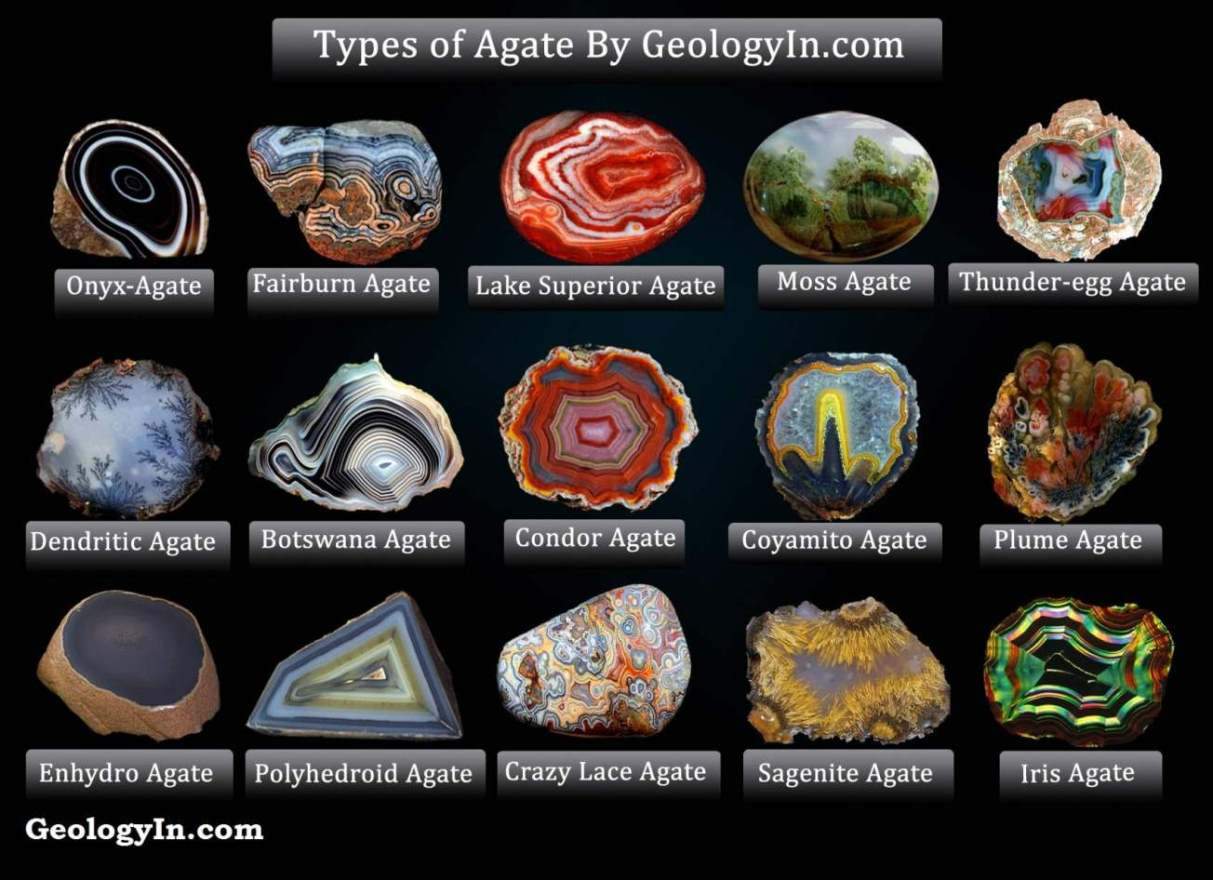10 Facts About San Andreas Fault
10 Facts about San Andreas Fault
The San Andreas Fault is a continental transform fault that extends roughly 1300 km (810 miles) through California.
The San Andreas Fault forms the tectonic boundary between the Pacific Plate and the North American Plate, and its motion is right-lateral strike-slip (horizontal).
The San Andreas Fault divides into three segments, each with different characteristics and a different degree of earthquake risk, the most significant being the southern segment, which passes within about 35 miles of Los Angeles.
- Northern segment: This segment extends from Point Delgada in Mendocino County to Parkfield in Monterey County. It is characterized by a series of right-lateral strike-slip faults that produce relatively small earthquakes.
- Central segment: This segment extends from Parkfield to Hollister in San Benito County. It is characterized by a phenomenon called aseismic creep, where the fault slips continuously without causing earthquakes.
- Southern segment: This segment extends from Hollister to the Salton Sea. It is characterized by a series of right-lateral strike-slip faults that produce relatively large earthquakes.
The San Andreas Fault was first identified in 1895 by professor Andrew Lawson from UC Berkeley who discovered the northern zone. It is named after San Andreas Lake, a small body of water that was formed in a valley between the two plates. Following the 1906 San Francisco earthquake, Lawson concluded that the fault extended all the way into southern California.
The Pacific Plate, to the west of the fault, is moving in a northwest direction while the North American Plate to the east is moving toward the southwest, but relatively southeast under the influence of plate tectonics. The rate of slippage averages about 33 to 37 millimeters (1.3 to 1.5 in) a year across California.
 |
| The San Andreas (reds and orange) and its major "sister" faults within the San Francisco Bay Area. |
Assuming the plate boundary does not change as hypothesized, projected motion indicates that the landmass west of the San Andreas Fault, including Los Angeles, will eventually slide past San Francisco, then continue northwestward toward the Aleutian Trench, over a period of perhaps twenty million years.
The San Andreas began to form in the mid Cenozoic about 30 Mya (million years ago), while The main southern section of the San Andreas Fault proper has only existed for about 5 million years.
 |
| The Mormon Rocks within Cajon Pass show the physical movement of the San Andreas fault in southern California. |
The Southern segment of the Fault, which stretches from Parkfield in Monterey County all the way down to the Salton Sea, is capable of an 8.1 magnitude earthquake. At its closest, this fault passes about 35 miles to the northeast of Los Angeles. Such a large earthquake on this Southern segment would kill thousands of people in Los Angeles, San Bernandino, Riverside, and surrounding areas, and cause hundreds of billions of dollars in damage.
The San Andreas Fault is responsible for numerous earthquakes in California, including the 1906 San Francisco earthquake, the 1989 Loma Prieta earthquake, and the 1994 Northridge earthquake.
 |
| History of the San Andreas Fault, Gaspar de Portola, Andrew Lawson, Alfred Wegener and Harry Hess |
Currently, it is believed that the modern San Andreas will eventually transfer its motion toward a fault within the Eastern California Shear Zone.
The San Andreas Fault is responsible for many of the geographic features of California, including the San Francisco Bay Area, the Central Valley, and the Transverse Ranges.
A project called the San Andreas Fault Observatory at Depth (SAFOD) near Parkfield, Monterey County, is drilling into the fault to improve prediction and recording of future earthquakes.
 |
| This map shows the three segments of the San Andreas Fault: the northern segment, the central segment, and the southern segment. |


%20(1).webp)






